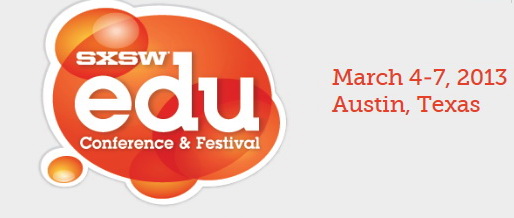Visual design professionals must keep pace with the multitude of changes in technologies, trends, and ideas that are affecting how we work, shop, and live. Because employers and clients expect designers to continually deliver fresh ideas and solutions, the HOW Design Live Conference for visual design professionals has updated the scope and content of its educational programs.
The 2016 HOW Design Live Conference is scheduled for May 19-23 at the Georgia World Conference Center in Atlanta. The conference program will bring together creators from design, art, culture, tech, and business to share their stories and accomplishments.
“How Design Live is a once-in-a-lifetime gathering of inspiring speakers — an unbelievable line-up of luminaries,” said Gary Lynch, HOW Design Group Show Director. “Many have referred to the event as the TED of the design and creative community. It’s the best platform for professionals to gather an incredible amount of design inspiration and creative wisdom ”
Six program tracks enable creatives to discover new ways of thinking about their careers and insights into how design influences business strategies. The six program tracks include:
- Design and Creativity
- In-house Management
- Vision and Leadership
- Branding and Packaging
- The Creative Entrepreneur
- Interactive Design
- Tools and Resources
Some presentations will give you a glimpse into technologies that can affect your work
Sci-Fi Meets Reality: The Future of Design
In a mind-bending keynote presentation, futurist Amy Webb will show how technology and design will soon begin to intersect in weird and wonderful ways. She will explain how algorithms are being used to design products, communities, and experiences. Webb will challenge designers to think hard about what to do now to prepare.
Other technology-related sessions will cover real-time data-driven design, designing for 3D, design challenges for a global audience, cinematic techniques for user-experience design, principles of motion design, and tools for taming the workflow beast.
Some sessions address the fact that many creative professionals want to do side projects that will may lead to new business opportunities or personal fulfillment.
Excuses Holding Entrepreneurs Back
Mona Patel, author of the bestselling book “Reframe: Shift the Way You Work, Innovate and Think,” will talk about four “excuse personas” that cause people to hesitate from pursuing ideas for new businesses.
Just Shoot It: Photos and Videos for Personal and Professional Creative Projects
In this 2-hour, hands-on workshop, designer and author Jim Krause will show how to use your designer’s eye and creative brain to come up with compelling images. Whether you use a pocket digital camera, a DSLR, or a smartphone camera, you can create images that look good enough for professional assignments or personal projects.
Licensing Know-How: Creative New Revenue Streams from Art + Design
The licensing industry generates $158.8 billion a year in worldwide retail sales. In this class, J’net Smith will detail how licensing works and provide tips for recognizing potential opportunities to license your art and designs in the marketplace.
Ignite Your Passion Project: A Side-Gig Seminar and Connecting Event
If there’s something you’re burning to create, but feel stuck in getting it started, this evening event might fire up your motivation Conference attendees and presenters will talk about how they have fostered successful side gigs, fulfilled their creative urges, and launched new businesses.
A full list of speakers and sessions can be found at www.howdesignlive.com. Early-bird registration rates are available until April 1, 2016


